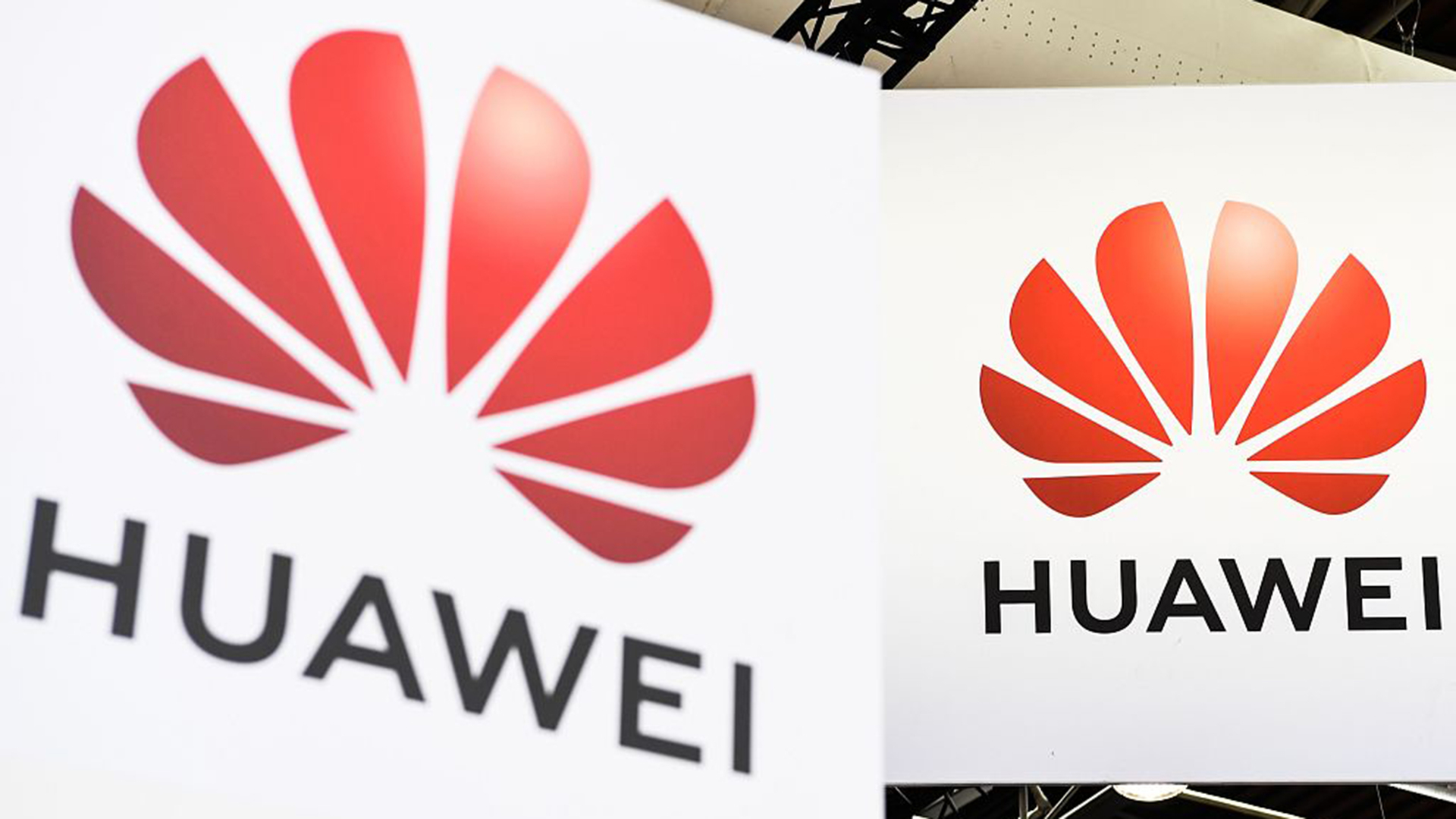
Editor's note: Wamika Kapur is a Fellow at international think tank Global Policy Insights and an Indian PhD scholar of international relations at South Korea's Yonsei University. The article reflects the author's opinions and not necessarily the views of CGTN.
Earlier this month SCMP, Bloomberg, and FT reported that China's Huawei and ZTE are to be shut out from India's 5G trials. While all invested parties waited for an official pronouncement, Indian Prime Minister Narendra Modi decided to quietly order key ministries to convey the message to local telecom service providers that Chinese equipment is to be avoided in future investments, especially 5G. Why did the Modi government choose an informal boycott when a formal pronouncement would have more effectively appeased a growing anti-China national sentiment?
India and China relations have been at an all-time low following the Galwan Valley clash. Combined with Washington's attempts to woo India amidst the U.S.-China trade war, the border clash became a premise for the rise of anti-China sentiment and slogans of self-reliance in India. The unsuspecting targets of such a backlash have been 59 banned Chinese apps, including TikTok, and telecom providers, such as Huawei and ZTE, that have been labelled as national security threats following similar accusations, without proof, by the U.S., UK and Australia. Following the national defense argument, on July 23, the Indian government imposed restrictions on public procurement from China, and other countries with a common border, by amending its investment law General Financial Rules 2017.
The informal boycott heavily signals that India does not wish to risk China's ire for multiple reasons. Firstly, while India may currently be swayed by nationalistic emotions, it is still aware of its material reality. According to the Ministry of Commerce (MOFCOM), as of 2019, the total investment from China to India was eight billion dollars, with a caveat that actual figures exceed official figures by 25 percent. China has invested four billion dollars in Indian startups. Eighteen of India's 30 unicorns have Chinese investors and 72 percent of the smartphone market is dominated by Chinese companies.
India is dependent on China for 82 percent of its imports, mainly on telecom and pharmaceuticals. Sixty-seven percent of the telecom imports are high and medium technology products critical across industries. Further, India has the third-largest number of confirmed cases of Covid-19 in the world and has chosen to implement lockdown measures to control the spread. This has severely impacted the economy and over 53 percent of the businesses in the country have been projected to be significantly affected.

A shop owner collects payment with Paytm, an electronic payment sponsored by China's Ant Financial, in New Delhi, India, April 12, 2017. /Xinhua
A shop owner collects payment with Paytm, an electronic payment sponsored by China's Ant Financial, in New Delhi, India, April 12, 2017. /Xinhua
Secondly, while a complete ban would appease the national public, but considering Modi does not have to worry about elections, risking a pushback from China does not help his political ambition.
Thirdly, the main reason for India's stance is that India is aware that It cannot risk a long-drawn conflict which it cannot win with China and it cannot rely on the U.S. for military support either.
Further, this decision allows India to change its stance on the issue informally later without drawing backlash from the opposition parties and the public.
By blocking out Chinese investments however, India has severely limited its options and raised the costs. India is the world's second-biggest wireless market with an internet user base of 600 million, but it has a small network equipment market. India has struggled to make 4G profitable, and there is a heavy reliance on Chinese components in networking equipment, due to their cost-effectiveness, and by shutting out Chinese vendors and switching to 5G the costs would go up. Further, it has a host of infrastructure and regulatory problems which will be further exacerbated by this decision.
The total cost of setting up a 5G infrastructure is estimated to be 4 billion dollars, and India has invited 5G trials by private companies, Bharti Airtel, Reliance Jio Infocomm, and Vodafone Idea, and state-owned BSNL. Vodafone and Airtel owe a collective debt of almost 110 billion dollars due to the Supreme Court's verdict on adjusted gross revenue (AGR) which will severely impact their ability to take part in the 5G auctions. The only serious contender is Reliance, owned by Asia's richest man Mukesh Ambani, who has stated that it will not need to spend much to switch its system to 5G, does not use Chinese components, has sold stakes to U.S. companies like Google and Facebook and has chosen South Korea's Samsung Electronics as the equipment supplier.
However, Reliance has been criticized for only offering superficial details with no concrete plan of action. Further, limiting India's technological development and infrastructure to one single conglomerate would mean that the fate of India's 5G is dependent on Reliance. This form of monopoly is not in India's national interest.
India must realize its aim of self-reliance is commendable, its 5G stand must not be based on politicizing a technical and security issue. The priority must be the Indian consumer, and Chinese 5G must be evaluated impartially on merit.
(If you want to contribute and have specific expertise, please contact us at opinions@cgtn.com.)